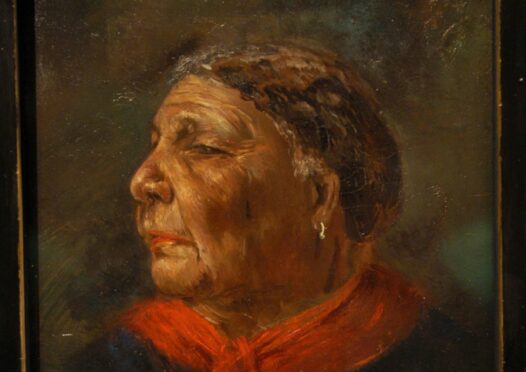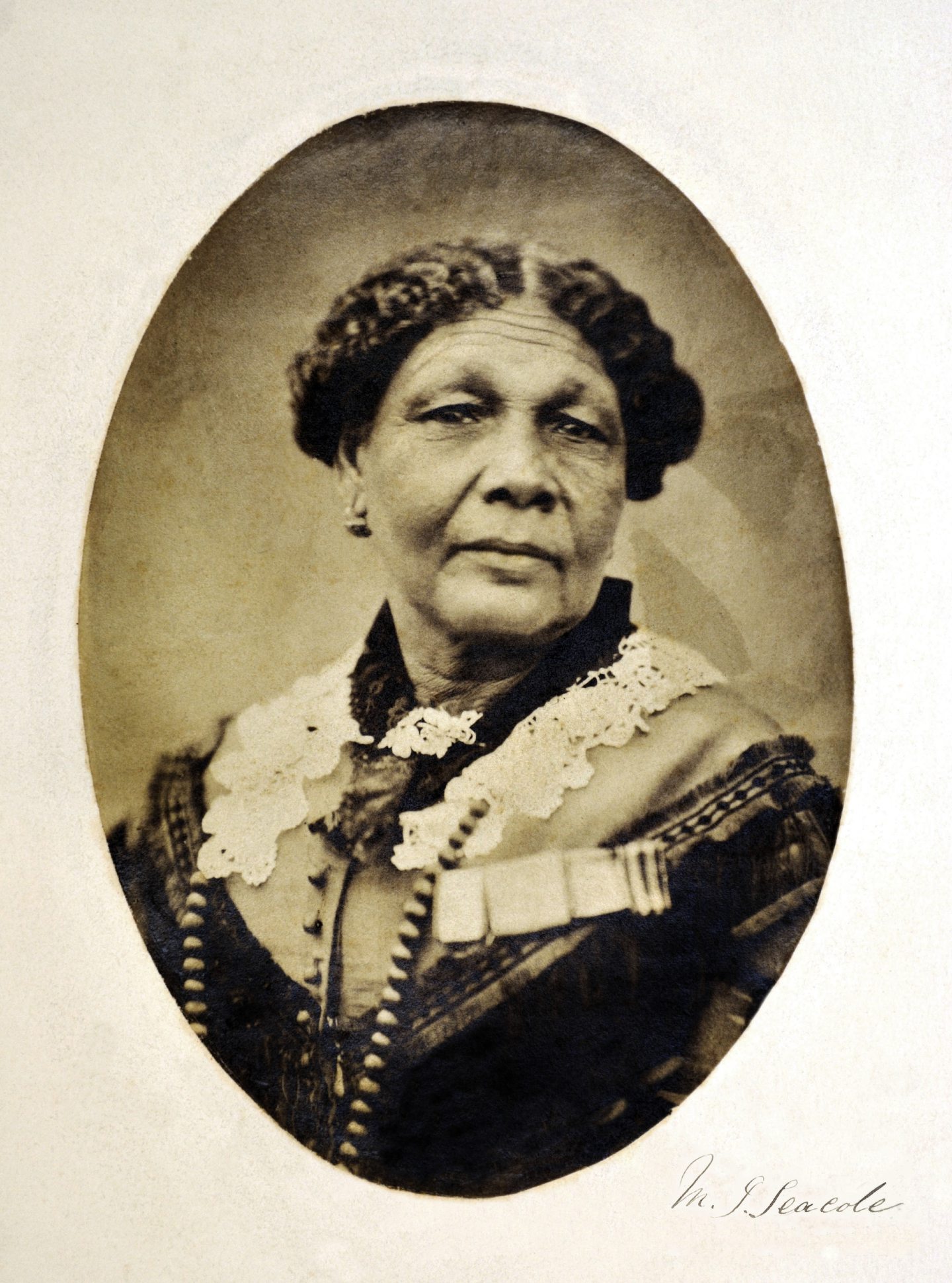
She has a statue in London, her image hangs in the National Portrait Gallery, and her inspirational life story is taught in schools.
However, two decades of painstaking research has revealed we knew far less about rebel nurse and holistic pioneer Mary Seacole than we thought.
The Scottish-Jamaican nurse, who was voted the greatest Black Briton in 2004, defied the sexist and racist 19th Century establishment to care for soldiers in the Crimean War and become an enduring cultural icon.
Much of her life has remained shrouded in mystery but historian Helen Rappaport believes her new biography of Seacole proves her life was more remarkable than the legend.
Rappaport began her research in 2003 after being asked to identify a portrait that had initially turned up at a car boot sale. Confirming it was Seacole, the writer bought it and passed it on to the National Portrait Gallery.
She said: “Finding the painting was what put me on the trail for Mary Seacole because there were so many gaps in her story. She carefully hid away the truth of her illegitimate parentage, for example. She was writing a memoir to sell to a white, Victorian audience. It was all about Victorian propriety.”
The historian turned to the Crimean War Research Society in her search, poring over memoirs, letters, eye-witness testimonies and newspaper reports. She revealed: “Mary’s father was not the alleged James Grant you find in some sources. He was with the 60th Regiment of Foot and his battalion was not in Jamaica. He conclusively is not her father.”
She found the “most likely” candidate to be another Grant, John, understood to be a young Scottish soldier who appears to have died when Seacole was a baby. Her mother, Rebecca – unknown until now – took his surname.
In her book, In Search of Mary Seacole, published on Thursday, Rappaport also dispels the myth of rivalry between Florence Nightingale and Seacole.
She said: “Florence was a white, genteel establishment figure who later, after the war, set up women’s nursing training at St Thomas’s Hospital (where Seacole’s statue now stands).
She wrote learned papers, was a statistician, a social reformer, and had an enormous post-war record. She left 14 volumes of letters and other writings. Mary Seacole really functions as a source of inspiration representing the holistic hands-on care, the attention to the patient as the individual.”
The women – who were 100 miles apart; Nightingale at the military hospital at Scutari and Seacole near Balaclava – met only once.
Rappaport said: “Once word got about Mary’s holistic care and home-made natural medicines the soldiers preferred to go to her than the army doctors. She had a better success rate. She dealt with the walking wounded and made sure anyone who needed them had her medicines free. She made her money from the officers who could afford to pay.”
The seriously injured went to Nightingale’s hospital.
She said: “The claim they were rivals is a posthumous attribution. There was no obvious rivalry because they didn’t operate in the same spheres.”
“They met briefly once at Scutari. Florence fell sick and Mary offered to nurse her. Florence dismissed Mary saying she didn’t want her to ‘quack’ her.
“She probably didn’t like the fact Mary stole her thunder by setting herself up in Crimea and offering very effective remedies. The other thing that really niggled with Nightingale was the soldiers referred to Mary as the Mother of the Army when Florence described herself as the Mother of the Army in Scutari.
“I don’t think Nightingale considered Mary a rival, and Mary did not. She admired and respected Nightingale.
“Mary has been promoted as plaster saint. What I hope I’ve shown in my book is the real woman, the wonderful, vibrant, life-affirming, quirky Mary with all her faults and all her positives.
“It is much better to see her as a rounded woman rather than this saintly ‘black Florence Nightingale’, a term I hate.”

Enjoy the convenience of having The Sunday Post delivered as a digital ePaper straight to your smartphone, tablet or computer.
Subscribe for only £5.49 a month and enjoy all the benefits of the printed paper as a digital replica.
Subscribe © Winchester College/In aid of Mar
© Winchester College/In aid of Mar